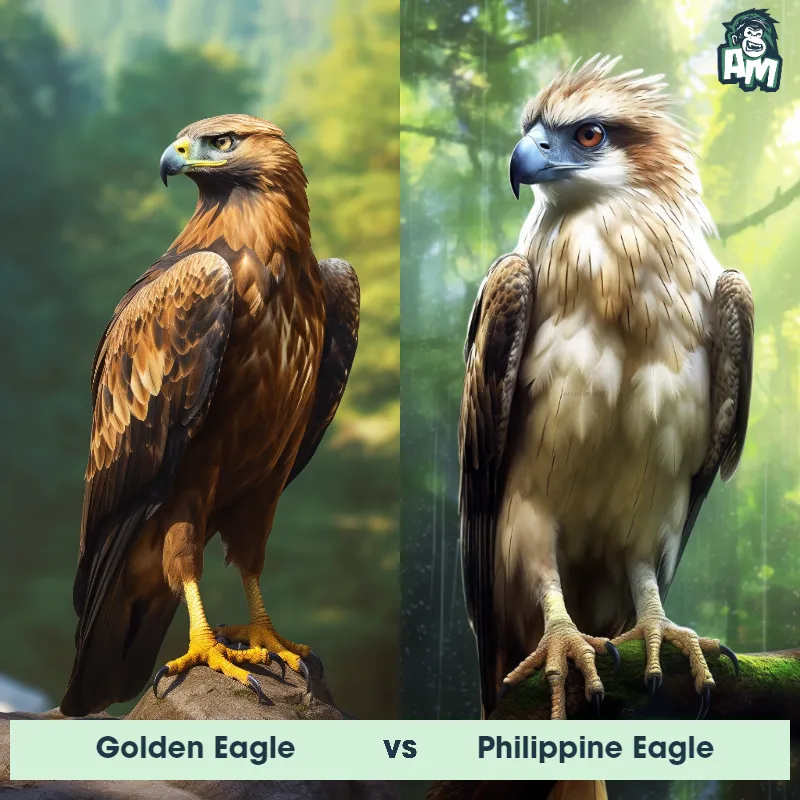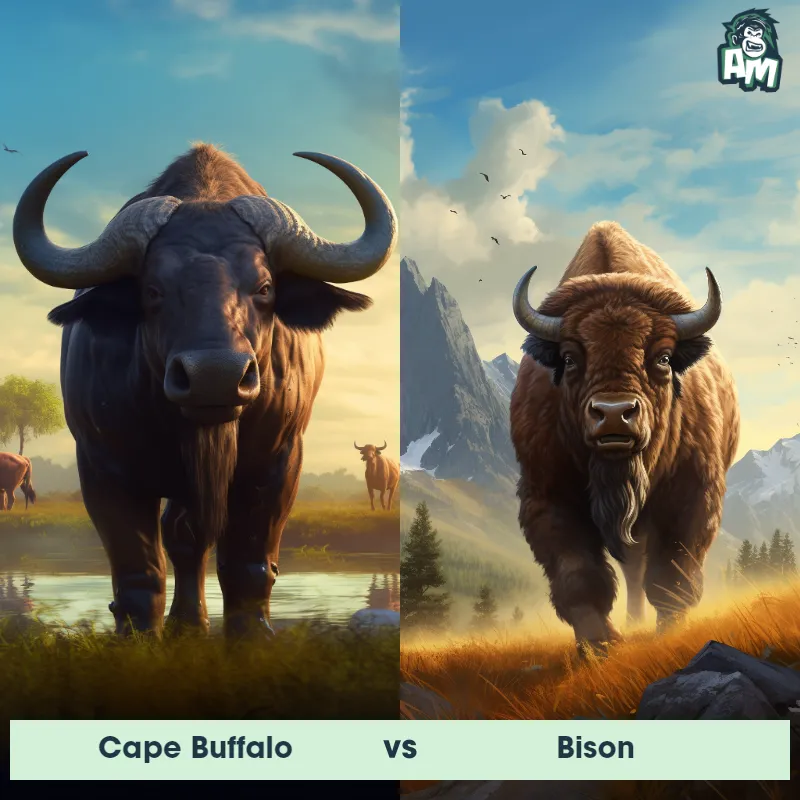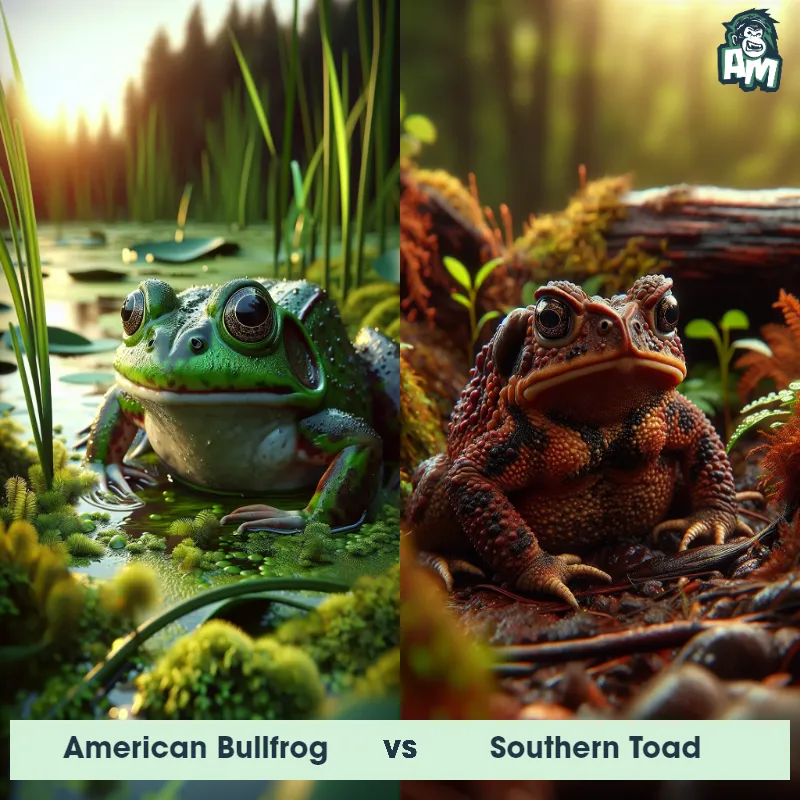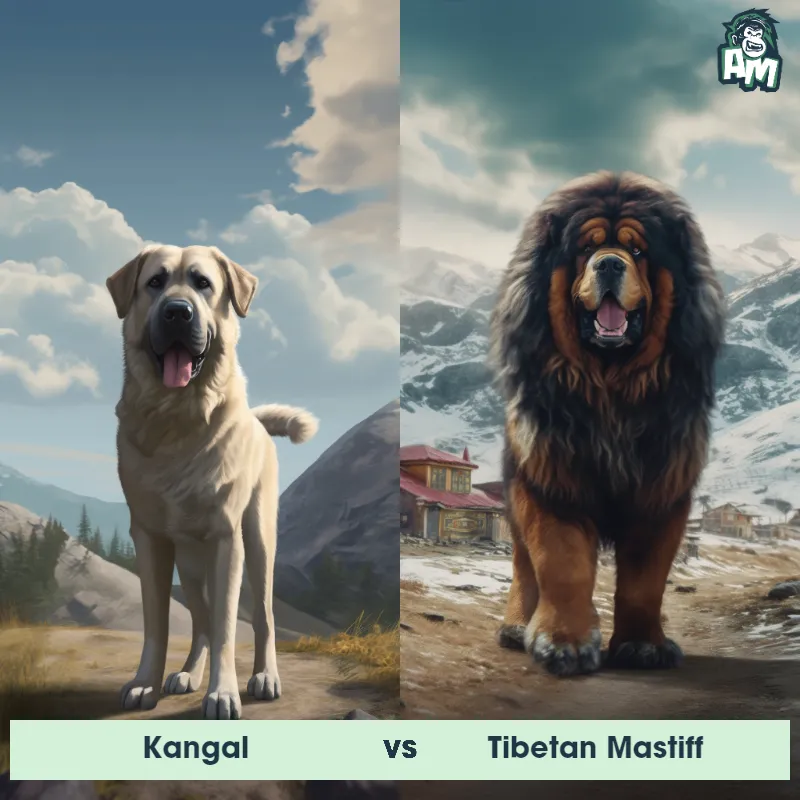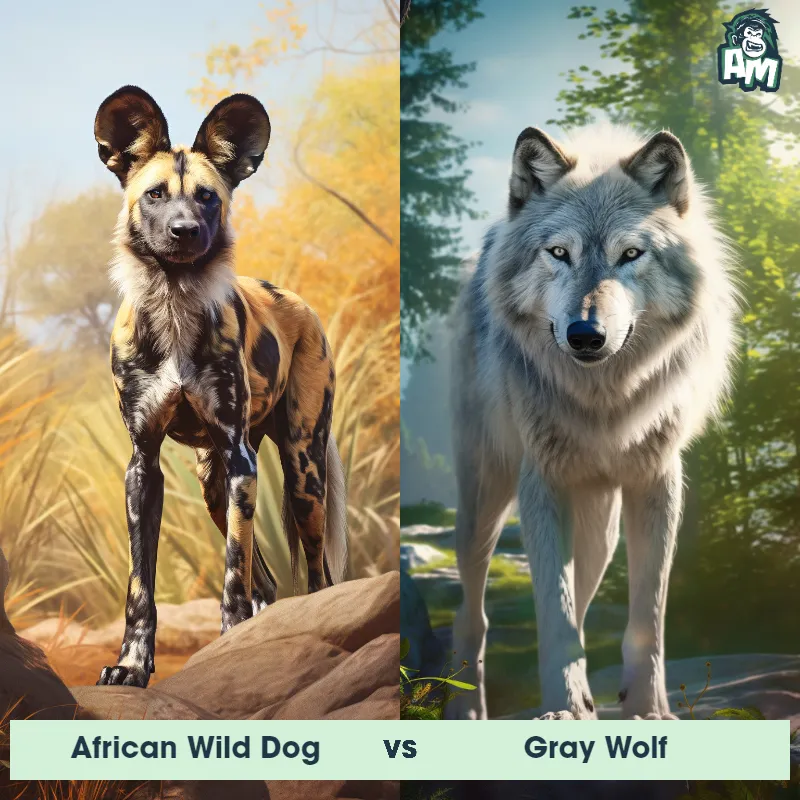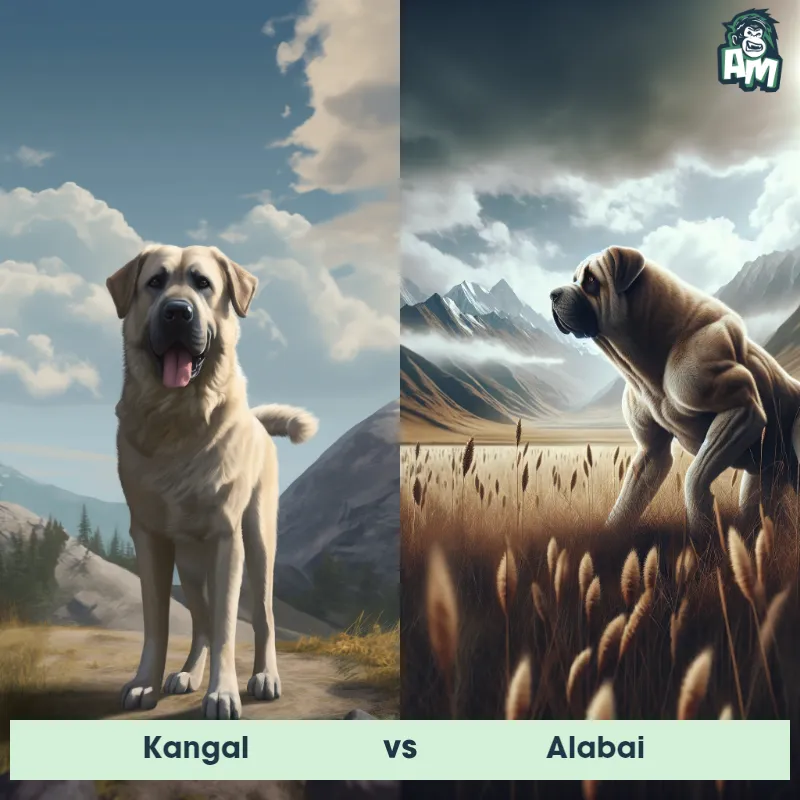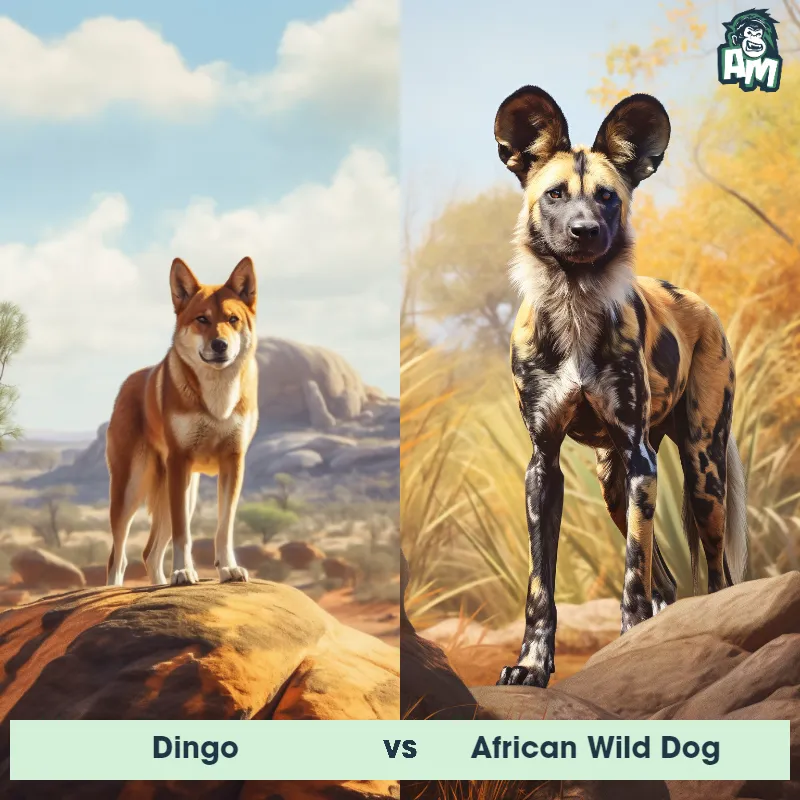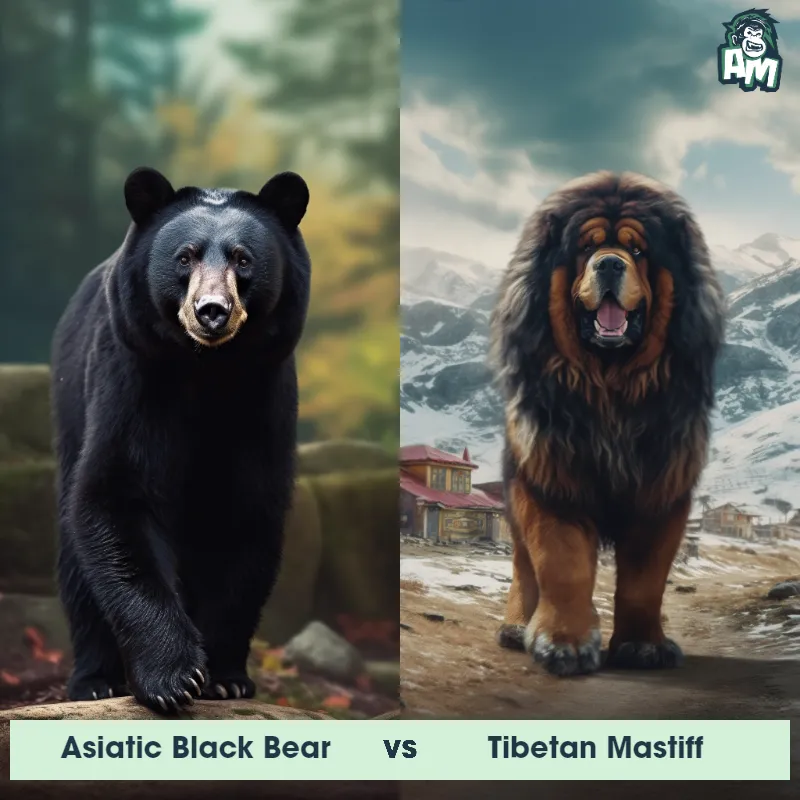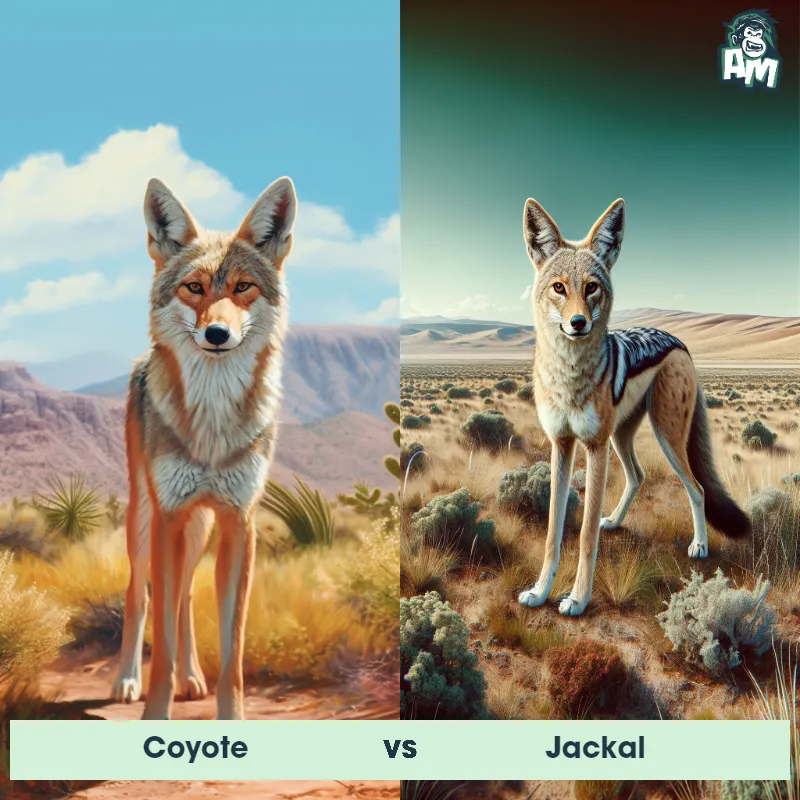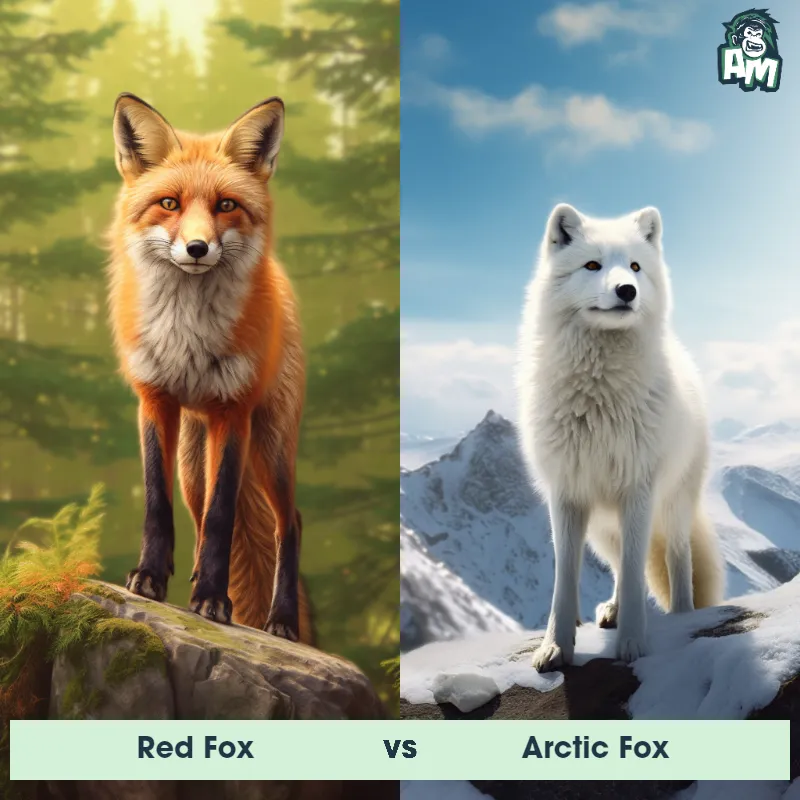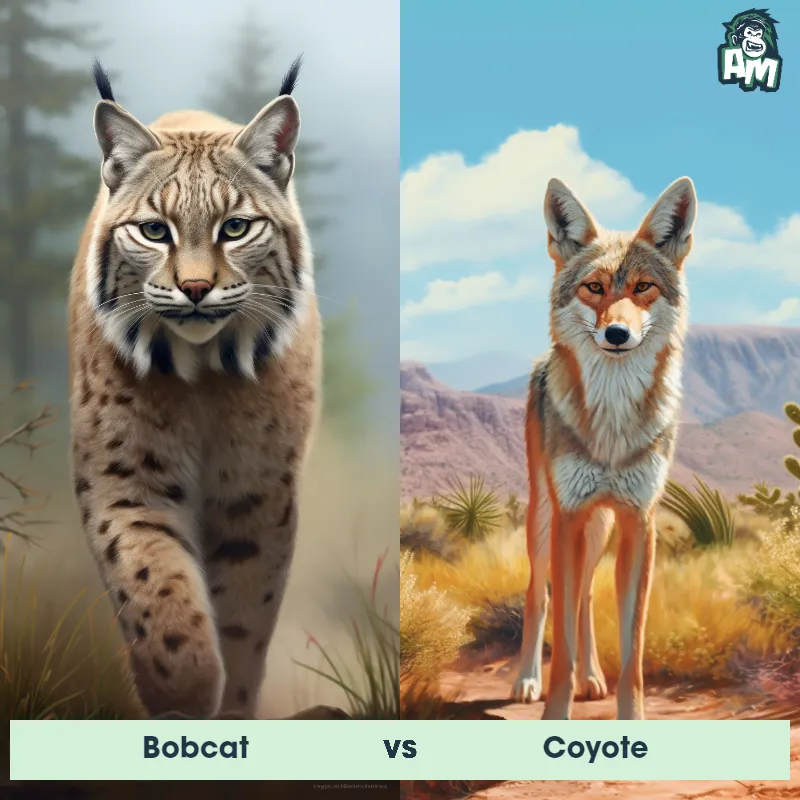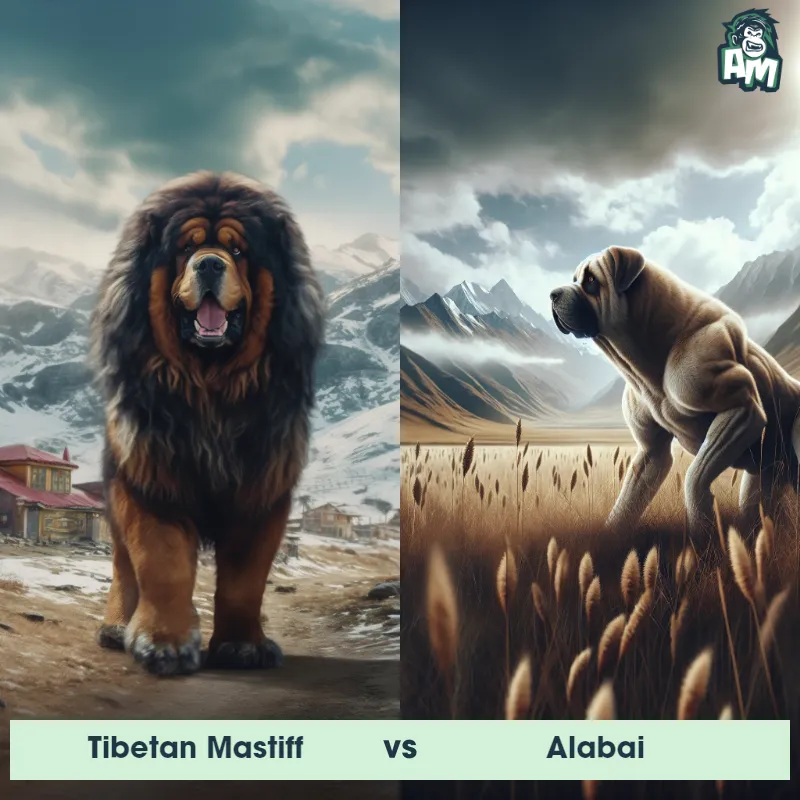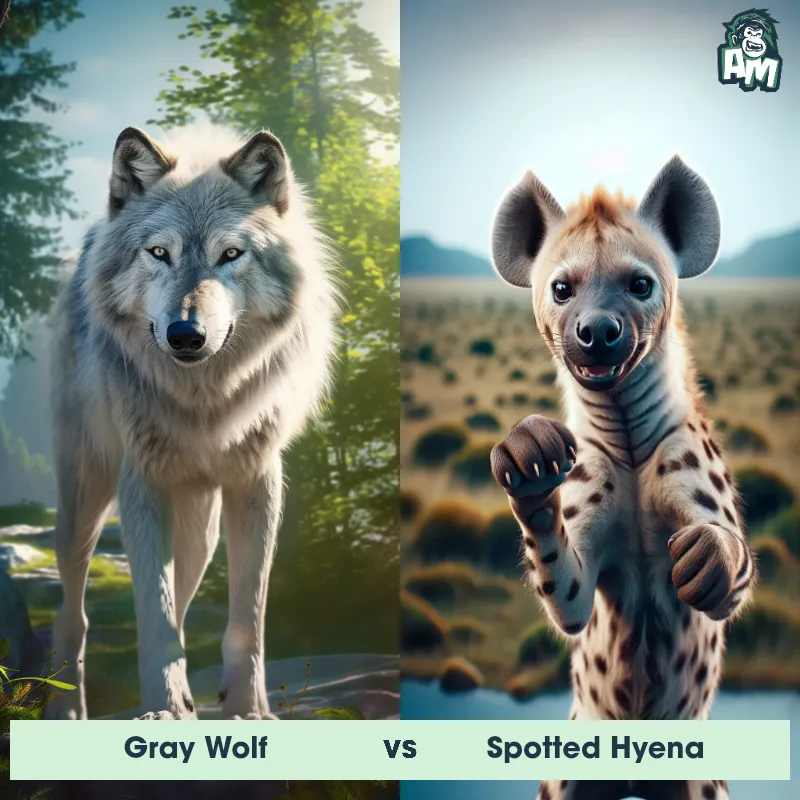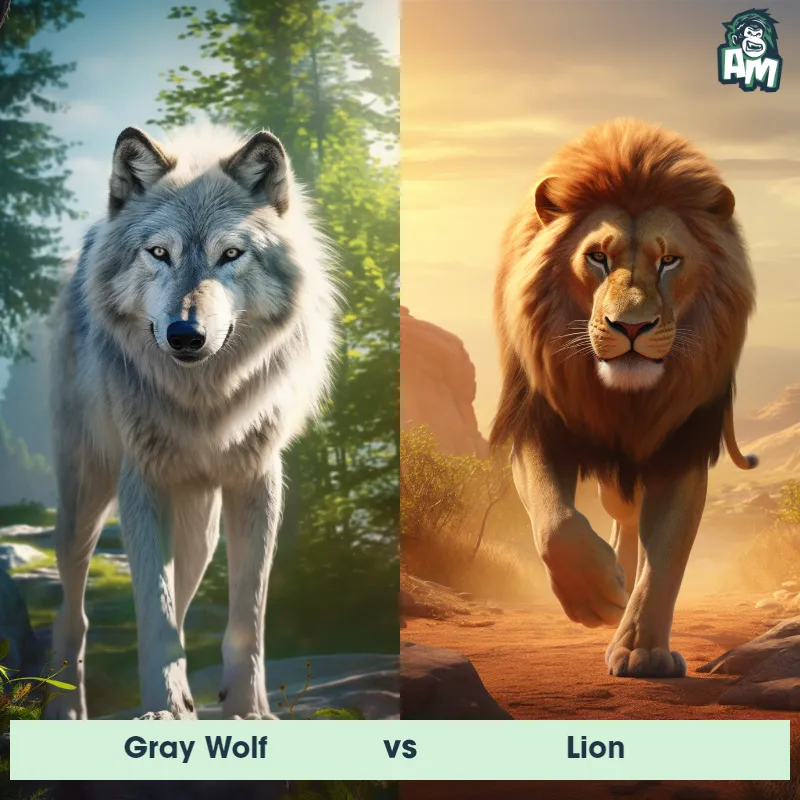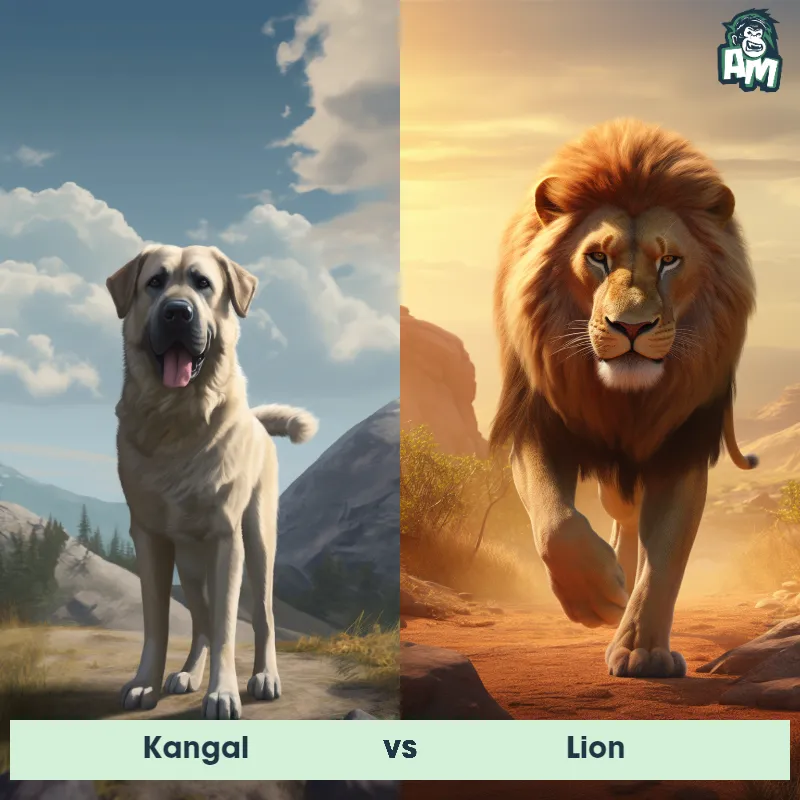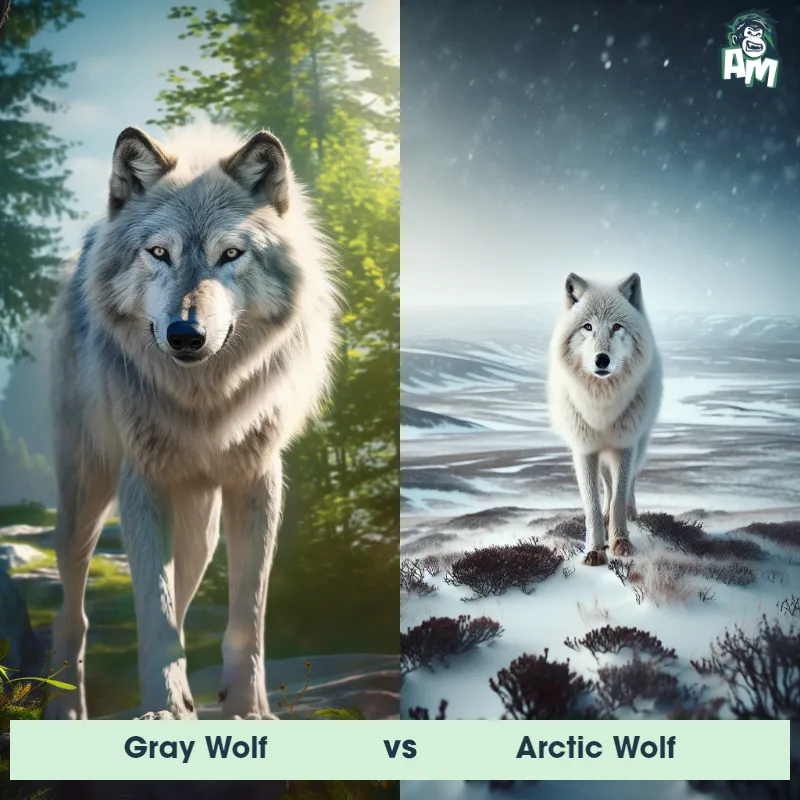Coyote vs Gray WolfSee Who Wins

Ladies and gentlemen, we're here for a thrilling showdown between a cunning coyote and a powerful gray wolf. Prepare yourselves for a fierce 3-round battle! Let the fight begin!
Contender 1: Coyote
The Coyote, also known as the American jackal, is a small, carnivorous mammal that belongs to the Canidae family. They have a slender, agile body with a bushy tail, pointed ears, and a long snout. Coyotes have a grayish-brown fur coat with a white underbelly, and their eyes are yellow and almond-shaped. They are known for their adaptability and intelligence, and can be found in a variety of habitats, from deserts to forests.
Fun Fact: Coyotes are known for their vocalizations, which include howls, yips, and barks, and they use these sounds to communicate with each other and establish their territory.
Contender 2: Gray Wolf
The Gray Wolf, also known as the timber wolf, is a large canine species found in North America, Eurasia, and parts of Africa. They have a thick, grayish-brown fur coat, a bushy tail, and a strong, muscular build. Gray wolves are highly social animals that live in packs, with a dominant alpha male and female leading the group. They are skilled hunters and can take down prey much larger than themselves, such as elk and bison.
Fun Fact: Gray wolves have a complex communication system that includes howling, growling, and body language, allowing them to communicate with each other over long distances.
Matchup Stats
| Coyote | Gray Wolf | |
|---|---|---|
| Size | 32-37 inches (81-94 cm) in length | 2-3 feet (0.6-0.9 meters) at the shoulder |
| Weight | 20-50 pounds (9-23 kg) | 70-110 pounds (32-50 kilograms) |
| Speed | Speed: 43 mph (69 km/hr) | Speed: 40 mph (64.37 km/hr) |
| Key Strength | Speed and agility | Powerful jaws and sharp teeth |
| Biggest Weakness | Lack of physical strength | Vulnerable to attacks on the neck and throat |
Current Votes
Coyote vs Gray Wolf
See Who Wins
Matchup Videos
All of our videos contain verified footage of natural encounters between the Coyote and the Gray Wolf. These are true sightings and observations filmed by tourists, scientists, and wildlife documentarians.View More Matches
Looking For More?
Similar Matches
Scientific Stats
| Coyote | Gray Wolf | |
|---|---|---|
| Scientific Name | Canis latrans | Canis lupus |
| Family | Canidae | Canidae |
| Habitat | Various habitats, including deserts, forests, and grasslands | Forests, grasslands, tundra, and deserts |
| Geography | North and Central America | North America, Eurasia, and parts of Africa |
| Diet | Omnivorous, eats small rodents, insects, fruits, vegetables, and larger prey like deer and livestock | Carnivorous, primarily feeding on large ungulates such as elk and bison |
| Lifespan | 10 years - 14 years | 6 years - 13 years |
Key Differences between Coyote and Gray Wolf
- Tail shape: Gray Wolves have a bushy tail that is often held low, while Coyotes have a more slender tail that is often held high.
- Hunting behavior: Gray Wolves are pack hunters, while Coyotes are typically solitary hunters or hunt in pairs.
- Habitat: Gray Wolves are typically found in more remote, wilderness areas, while Coyotes are often found in suburban and urban areas.
- Head shape: Gray Wolves have a broader head with a more pronounced forehead, while Coyotes have a narrower head with a flatter forehead.
- Size: Gray Wolves are generally larger than Coyotes, with adult males weighing between 70-110 pounds and females weighing between 60-90 pounds. Coyotes, on the other hand, weigh between 20-50 pounds.
- Vocalizations: Gray Wolves have a wider range of vocalizations, including howls, growls, and barks, while Coyotes are known for their distinctive yipping and howling.
- Fur color: Gray Wolves have a range of fur colors, including gray, black, and white, while Coyotes are typically a reddish-brown color with a white underbelly.
- Ear size: Gray Wolves have larger ears that are more rounded, while Coyotes have smaller, more pointed ears.



